by Richard L. Thornton, Architect & City Planner
One Summer In Mexico ~ Part 70
The Totonac People or Tutunacu (tutu = three, naku = heart) are a Mesoamerican people that today mainly inhabit the northern sections of the States of Veracruz and Puebla. Their aboriginal name, prior to Tutunacu was “People from where the sun rises,” which happens also to be the meaning of the Uchee’s original name in the State of Georgia, USA.
There are at least 90,000 persons in Mexico, who speak one of the Totonac dialects fluently, but well over a million people of substantial Totonac ancestry. Totonac is an aberrant language, seemingly unrelated to any other indigenous language in Mesoamerica. It would be interesting to compare Totonac with Uchee, but the Uchee language dictionary still has not been published.

Their earlier territory extended westward and southward into the Valley of Mexico. There are strong cultural similarities between the Totonacs and the Zoque (Soque) in southern Veracruz, Tabasco and Chiapas. Although their languages today are distinctly different, these people may have been related or part of the same kingdom in the past. They had very similar deities, who lived on mountaintops.
The Totonac’s government was structured with an elected Great Sun, who was supported by a council or group of elders. Great Suns usually came from the same noble family, but the position was not hereditary. This type of government was very similar to those of the Creeks in the Southeastern United States. There were three casts within the Totonac’s, nobles and religious leaders, commoners, and servants. Their society was heavily involved in agriculture with simple forms or irrigation and grew multiple crops of maize in a year, as well as beans and cotton. The crops were stored in silos on timber posts – just like those of the Creeks. structures.
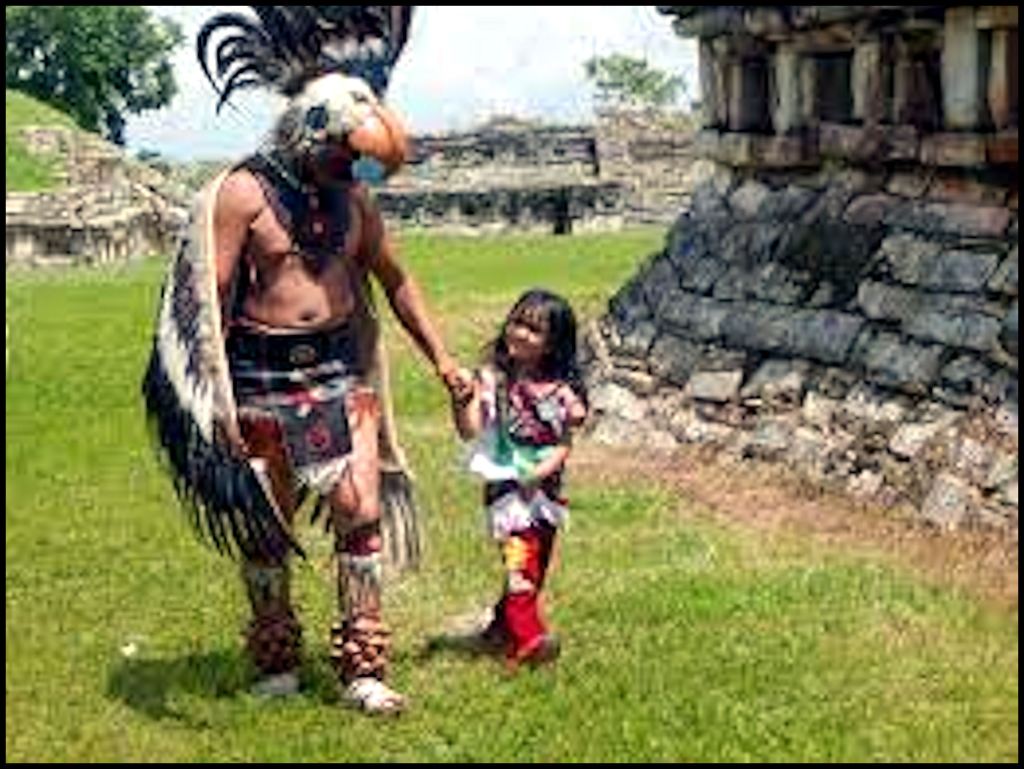
Cultural history
Totonacs have always claimed to be descended from the elite of Teotihuacan, which the Totonacs called Tula. Architectural history backs them up. The public buildings of Teotihuacan were burned and sacked around 600 AD by insurgents. Soon thereafter, major construction for a new capital of the Totonacs, Tajin, was begun in northern Veracruz. There are strong similarities between the Temple of Quetzalcoatl at Teotihuacan and the earliest buildings at Tajin. The origins of the Totonacs will be treated as a separate chapter in this series.
Tajin was depopulated by Chichimeca invaders around 1200 AD. The Chichimec catastrophes in Mesoamerica can best be understood as “human locusts.” They would swarm into a region, overwhelm its soldiers like a swarm of ants then consume all of that region’s resources, including all humans, who were not able to escape. The high protein diet that came from cannibalism resulted in taller and stronger men than those typical of Mesoamerican agricultural societies. Once all resources were consumed, they would move on to another region.
Around 1450 AD, the three Totonac provinces were conquered by the Triple Alliance of Nahua states in the Valley of Mexico, which included the Mexica (often called Aztecs). From then until 1519, the Totonacs were required to furnish troops to the Triple Alliance for invading other peoples, plus young people to be sacrificed to the Nahua gods and then be eaten afterward.
Until around 900 AD, Tajin led a confederation of cities, but after then the Totonacs were organized into three provinces: north, south and mountain. At the same time, the “Toltec” capital of Tula was founded 126 mi (203 km)to the west of Tajin. That a Totonac word was used as the city’s name suggests that the Toltec language was related to Totonac.
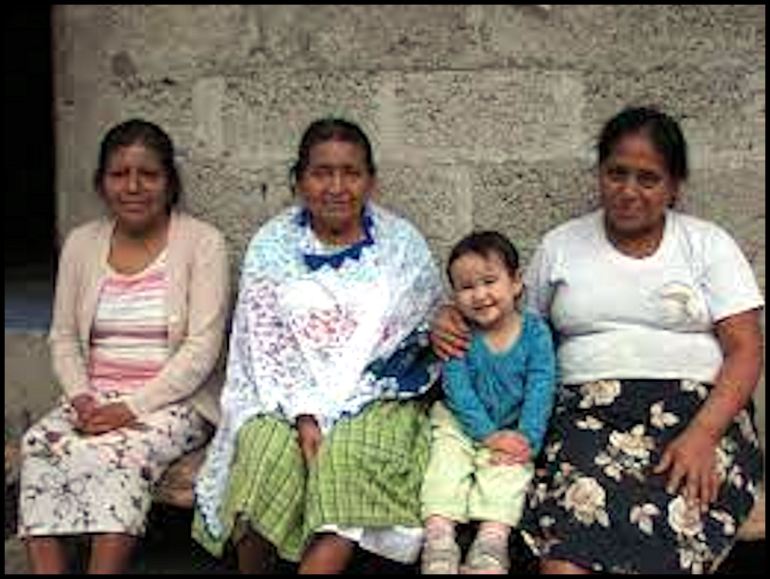
Totonac economy was based on agriculture, production of artistic goods and long-distance trade. During this period, they maintained large urban centers such as: El Tajín ( 300–1200 AD), Papantla (900-1519 AD ) and Cempoala (900-1519 AD). These three centers or three hearts of their culture stand out for their varied ceramics, stone sculpture , and monumental architecture.
In 1519 a meeting took place between 30 Totonac leaders in the City of Cempoala. This would forever seal their future and that of all Mesoamerican nations. A covenant was established with the Spanish conquistador Hernán Cortés to march together to the conquest of Tenochtitlan . The Totonacs voluntarily contributed 1,300 warriors to the force of 500 conquistadors led by Cortés. The justification of this alliance was to free the Totonacs from the oppressive Mexica yoke.
Once the defeat of the Mexica empire was achieved, The Totonacwere at the command of the King of Castille. They soon were evangelized by Roman Catholic missionaries then partly acculturated by Spanish authorities first and later, the Mexican government.
Most Totonacs were converted into a permanent lower class under the encomienda system. They became serfs of the Roman Catholic priests, settlers and indigenous chiefs, particularly in the cultivation of sugar cane, during the government of Nuño de Guzmán . A short time after the defeat of the Mexica, Cempoala was abandoned. Its culture became extinct and forgotten. The ancient Totonac culture was rediscovered at the end of the 19th century by the Mexican archaeologist and historian Francisco del Paso y Troncoso.

Diet
No metates have been found at pre-Hispanic Totonac town sites. They apparently either did not eat tortillas or use hollowed out tree trunks to grind corn, like most of the indigenous peoples of the Southeastern United States. It is known that both Totonac commoners and nobility ate corn grits or grits flavored with smoked meats, for breakfast. The Creek Indians call grits, flavored with smoked meats, sofke.
Lunch was the main meal of the day and consisted of manioc, bean stew or even a rich meat sauce for the nobles. Fish and seafood as well as game was eaten by both nobles and farmers. Leaves of the agave plant were fermented in order to create pulque (agave beer).
The Totonacs also ate tamales and something similar to hushpuppies, plus put kernels of fresh corn or small corn cobs in stews. They ate fruit, most notably zapotes, guavas, papayas, plantains and avocados. Men hunted and fished shark, turtle, deer, armadillo, opossums, and frogs. Women raised turkeys and dogs.
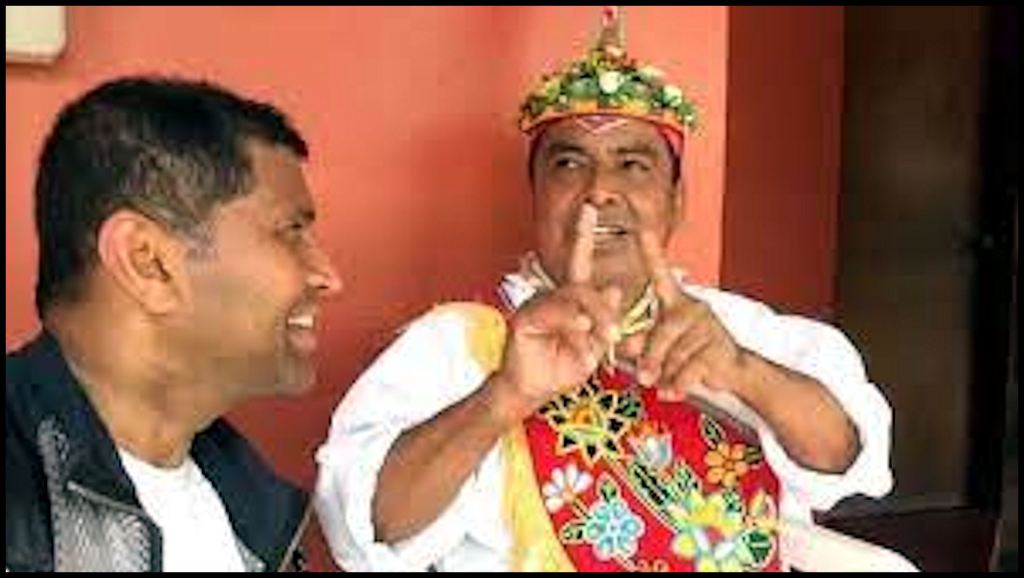
Religion
The Totonacs, like all the civilizations of Mesoamerica, were polytheistic. The principal deity was the sun god, Chichini, who lived on the highest mountains. He was provided human sacrifices.
Sun God: According to Bishop Bartolome de las Casas, who relied on information supplied by a young page of Cortés, daily homage was paid to Chichiní, who was the creator of all other gods.
Early in the morning seven priests would attend the temple. One of the priests would gaze skyward, paying reverence to the sun before bathing the sun’s image, as well as the images of other gods, in incense. On ceremonial occasions nobles and officials would go to the temple to worship.
According to Las Casas, once a Totonac week everyone was obliged to gather in the atrium of the urban temple to pray. Scholars now believe that this took place every fifth day. There, the nobles and principal dignitaries mutilated themselves before their gods by passing straws through incisions made in various parts of their bodies. Las Casas mentions in particular tongues, thighs, and ears. The act of bleeding was a mechanism of purification.
At the winter solstice an important festival was celebrated during which eighteen male and female adolescents were sacrificed. Eighteen is also the number of veintenas (Span., “set of twenty,” i.e., “months” composed of twenty days each) into which the Mesoamerican year was divided.
The human sacrifices took place at midnight at the mountaintop temples. The hearts of the victims were ground into the mouths of the principal idols. Blood was the food of the Sun. The persons sacrificed were messengers sent to plead with the Sun.
Similar practices were followed for at least two other important festivals at the major temples. The roasted flesh of the victims was eaten by dignitaries and a few other influential people. The practice was followed in more egalitarian way in each local district of the Totonac domain. The elite at the hearts of the sacrificed young people, while the rest of their flesh and bone marrow were cooked in a stew with vegetables and served to the entire population.
Besides this ritualistic meal, there existed a practice popular among men who were more than twenty-six years of age: every six months they consumed a paste prepared from the blood of infants’ hearts, seeds from plants grown in the temples, and a milky latex from the Castilla elastica tree.
Another regular custom was a confession of sins. A person would retire to some isolated spot and confess his wrongdoings aloud. According to Las Casas, penitents would often wring their hands and cry out in anguish with such conviction that it was, in his words, a custom “well worth consideration.” This was also practiced in traditional Creek religion in Georgia, USA.
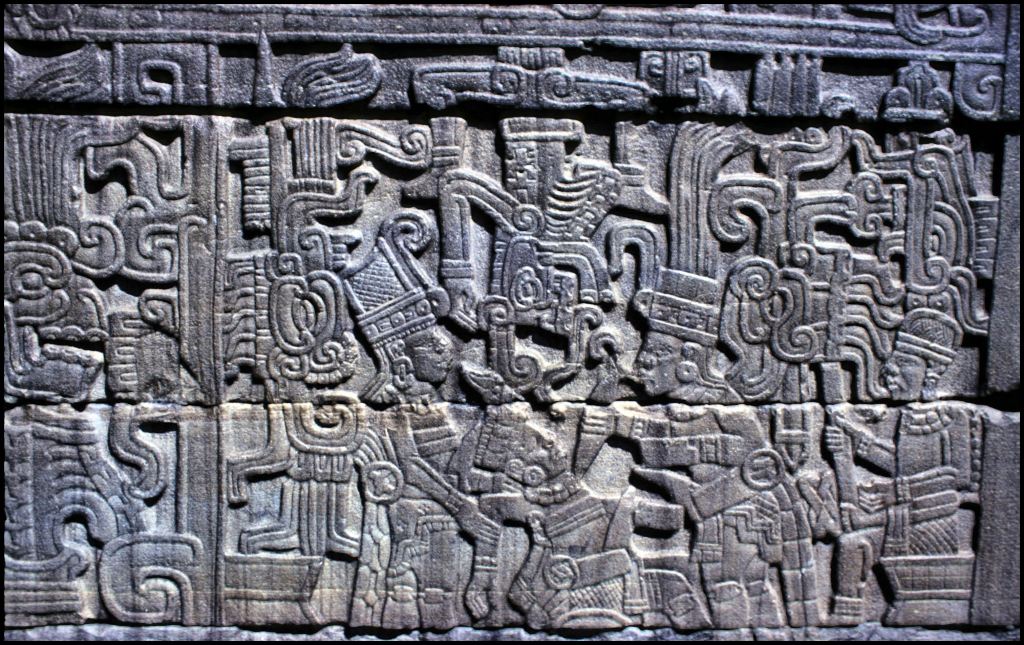
Corn Goddess: The Totonac had a goddess, named Tonacayohua, who was the consort of the sun god, whose temple was high in the sierra. She received sacrifices of decapitated animals and birds as well as offerings of herbs and flowers. Her name was Tonacayohua, which means “preserver of the flesh”. In contrast to many other Mesoamerican cultures, the Totonac did not believe the Sun’s consort to be the Moon, since Totonac tradition considered both the Sun and the Moon to be male deities. Although the Sun, the Moon, and the planet Venus together figure prominently in the paintings in the temple of Las Caritas in Cempoala, it is improbable that the Totonac viewed these three celestial deities as forming a unified Trinity.
Rain God: Aktzin was typically depicted as a male figure wearing some form of headdress and rings over his eyes, similar to spectacles. In one hand he held a hammer or axe which would produce thunder and lightning as it struck the clouds. Water poured from his other hand, either from his palm or from a vessel which he held. These elements represented the life-giving and sometimes destructive forces of the weather. Each spring, just before the rainy season, babies or young children were sacrificed to this god then made into a stew. Children would also be sacrifices in times of drought.
Lightning God: Tajin was more or less the equivalent of the Scandinavian god, Thor. His temples were on mountain tops.
Twin Gods: In major cities, a temple was also dedicated Quetzalcoatl and to Xolotl, the twin brother of Quetzalcoatl. These brothers were personifications of the different manifestations of the planet Venus as Morning Star and Evening Star.
Hurican: In major cities and smaller towns near the coast there were temples dedicated to the ocean storm god, Hurican. Servants were sacrificed to this god in hope of preventing destruction inland by ocean storms.
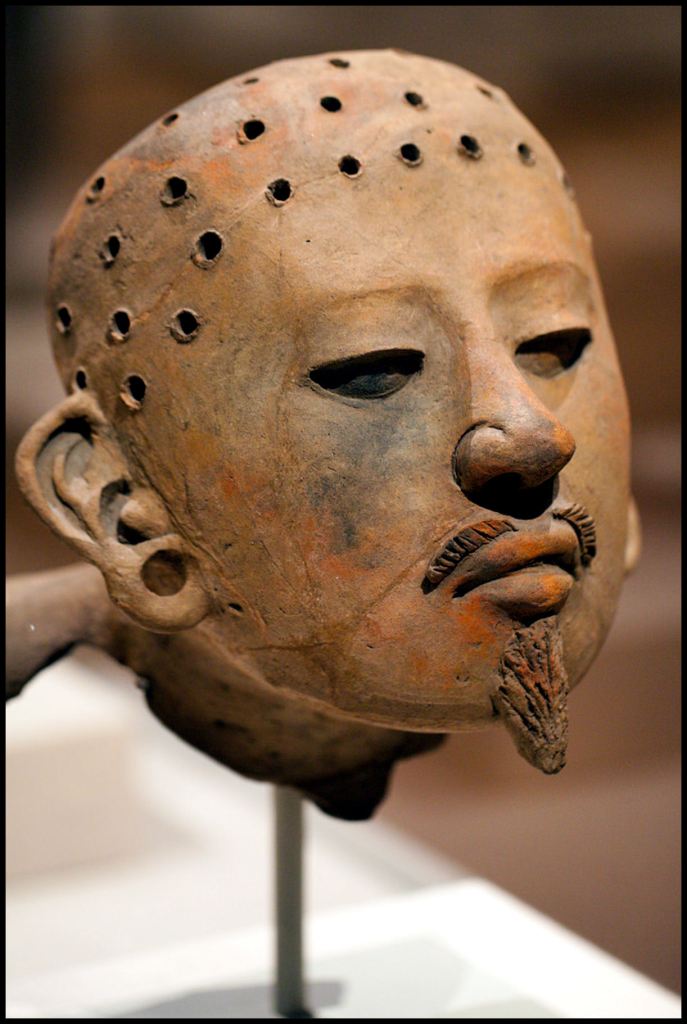
To the south of Cempoala, large sculptures were erected of women who had died during their first childbirth. Such women were venerated, their deaths being seen as equivalent to the deaths of soldiers killed while taking prisoners (new servants for the Sun). They were responsible for transporting the Sun on his course across the sky. Statuettes from the same area provide evidence that human beings were flayed in homage to an agricultural god
It was also from the Sierra Madre that the Spanish first reported a festival, called Calcusot by the Totonac, which was held in early November for the remembrance of the dead. This festival was widespread among the indigenous peoples of Mexico and survives today in a modified form celebrated on All Souls’ Day.
Religious beliefs affected sexual practices. Spanish clerics claimed that Totonac priests were required to maintain celibacy like Roman Catholic priests, but this was more likely to be during certain religious festivals.
The high priest and the secondary priest were responsible for the circumcisions of month-old boys, and they also broke the hymens of infant girls. Priests would recommend that mothers repeat the latter operation once their daughters had reached the age of six. Through Olmos we also know that those seeking good health for some relative would refrain from sexual contact for eighty days before making their petition. The general regard for abstinence is demonstrated in a popular tale in which an old man arrives too late for a competition as a result of his libertine ways. The winner of the competition is transformed into the Sun; the old man is transformed into the Moon.
In Part 71, you will see my color slides of Tajin.
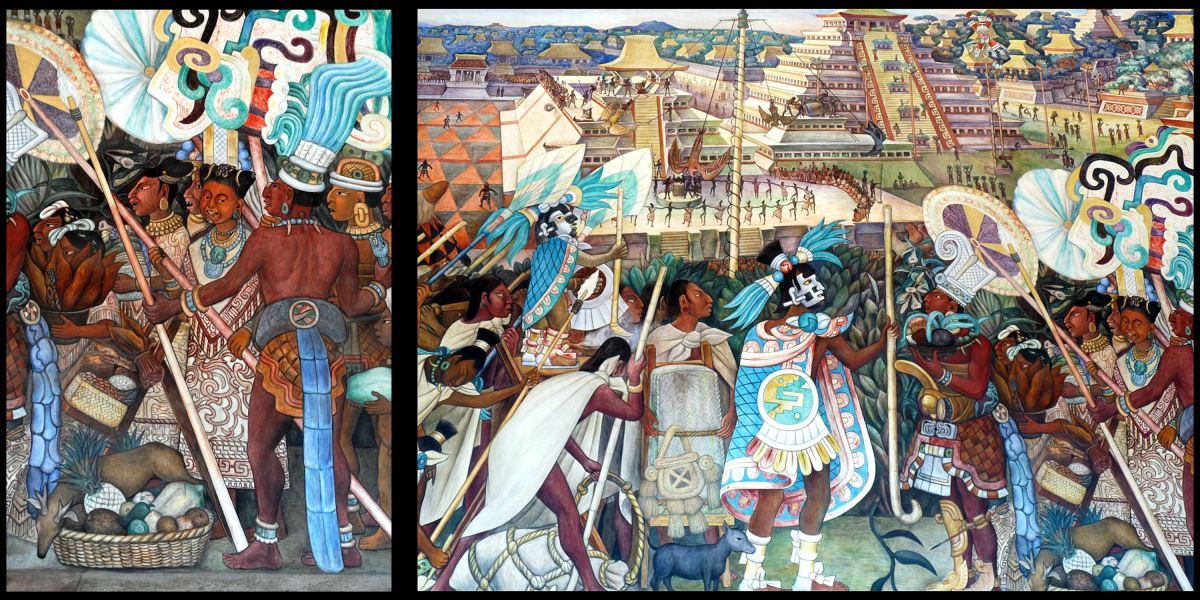
I am glad those gruesome practices are no longer done. I thought it was interesting and awkward that my grandfather( mom’s dad and mom’s grandmother”s) nick name was “ Chichi” and “Chicha”. It’s not a word used there. Just a nickname they had.
LikeLiked by 1 person
That’s male and female for dog in Nahua, Itza Maya and Itsate Creek.
LikeLiked by 1 person
Wow! I did not know that. Both my parents have a mixture in their family. We have every color in the rainbow and several ethnicities from Mexico and South America. That’s why I enjoy reading all your informative posts. It helps me learn more about those places.
LikeLiked by 1 person
Prior to European contact.
LikeLiked by 1 person
Howdy, Mexican nationals from Mexico City are arguing that Aztecs did not cannibalize their sacrifices except on High Religious days. WOKE HISTORY IN MEXICO!!!
On Tue, May 4, 2021 at 2:35 PM The Americas Revealed wrote:
> alekmountain posted: ” by Richard L. Thornton, Architect & City Planner > One Summer In Mexico ~ Part 70 The Totonac People or Tutunacu (tutu = > three, naku = heart) are a Mesoamerican people that today mainly inhabit > the northern sections of the States of Veracruz and ” >
LikeLiked by 1 person
Not true! The Aztecs, especially their soldiers, consumed vast quantities of human flesh. The human stew was distributed free to the population in Tenochtitlan, in the same manner that the Roman emperors distributed bread.
LikeLike
Early Rome also practiced human sacrifice, it wasn’t outlawed until 97 BCE. That’s nearly 700 years of allowing it. Ancient Greece and Egypt also practiced human sacrifice as well.
LikeLiked by 1 person
Ricardo, you know, in reality, the executions of Christians by fire, gladiators, crucifixion, beheading and animals was human sacrifice, since their only crime was a religious one.
LikeLike
There were so many different indigenous groups/ tribes in Mexico as in the United States. It’s very complex. Many time lines and events.. Thank you for explaining many aspects of their lives and customs. As different as that might be from today , it’s important knowing the facts. There are many things text books leave out or don’t explain them quite well. European history is easier to study and understand but the subjects you are writing about is a bit more complex and not much is written on them as compared to other people/ places.
LikeLiked by 2 people